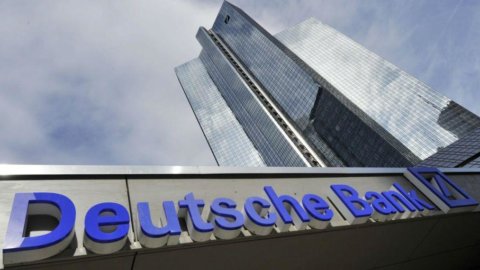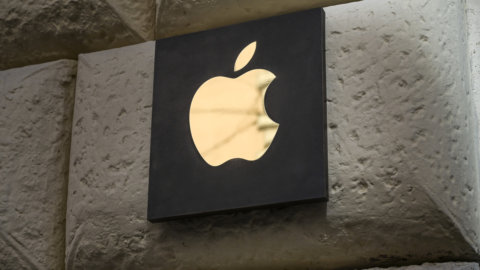It is the largest economy in the Eurozone, the strongest and most stable, yet it has a banking system that is leaking on all sides. To prove it the continuous injections of liquidity with which Germany has supported its banks since 2008. Aid that year after year, between recapitalizations and toxic assets taken over by the federal state and the Land, have reached 197 billion euros of public money, a figure that corresponds to more than 7% of German GDP.
But there is more, because if the state guarantees and the liquidity lines offered are included in the calculations, the figure reaches 465 billion euros, 17% of GDP.
Achilles heel of the Teutonic credit structure are in particular the regional banks, the small Sparkasse, the municipal savings banks and the larger Landesbanks, all excluded from ECB supervision, a feature that has allowed Germany to manage the banking crisis with discretion and above all with opacity.
An example above all is represented by the rescue of Hsh Nordbank, a bank controlled by the Land of Schleswig-Holstein and by the Municipality of Hamburg which a few months ago received 3 billion euros in the form of state guarantees.
Returning to the Landesbanks, most of them manage to survive on regional money. According to the latest report published by R&S Mediobanca, the six most important banks of the German Lands received 25,3 billion euros of public money in the post-crisis years. To these must be added the 98 billion deriving from the state guarantees of the various Lands (123 billion in total), money which, however, was not enough to get the main regional institutions out of trouble, given that to date, the entire Landersbank system remains undercapitalised.
Even more serious seems to be the crisis of the small Sparkasse, which have also been removed from the eye of the ECB which, according to the IMF, have billions upon billions of bad loans in their stomachs. However, given the impossibility for Frankfurt to supervise, the precise figure is currently not certain and the concern of the International Monetary Fund is increasing day by day.
So far we've talked about the smaller banks, but the bigger ones don't seem to be in the best of health either. Deutsche Bank in the third quarter of 2015 lost 6 billion euros due to charges for legal disputes and written-down goodwill. Although the institute has increased its capital, it still maintains illiquid securities valued at 31 billion. As for Commerzbank, since 2008 it has undergone two public bailouts for a total of 18 billion euros and has the German government among its various shareholders.





